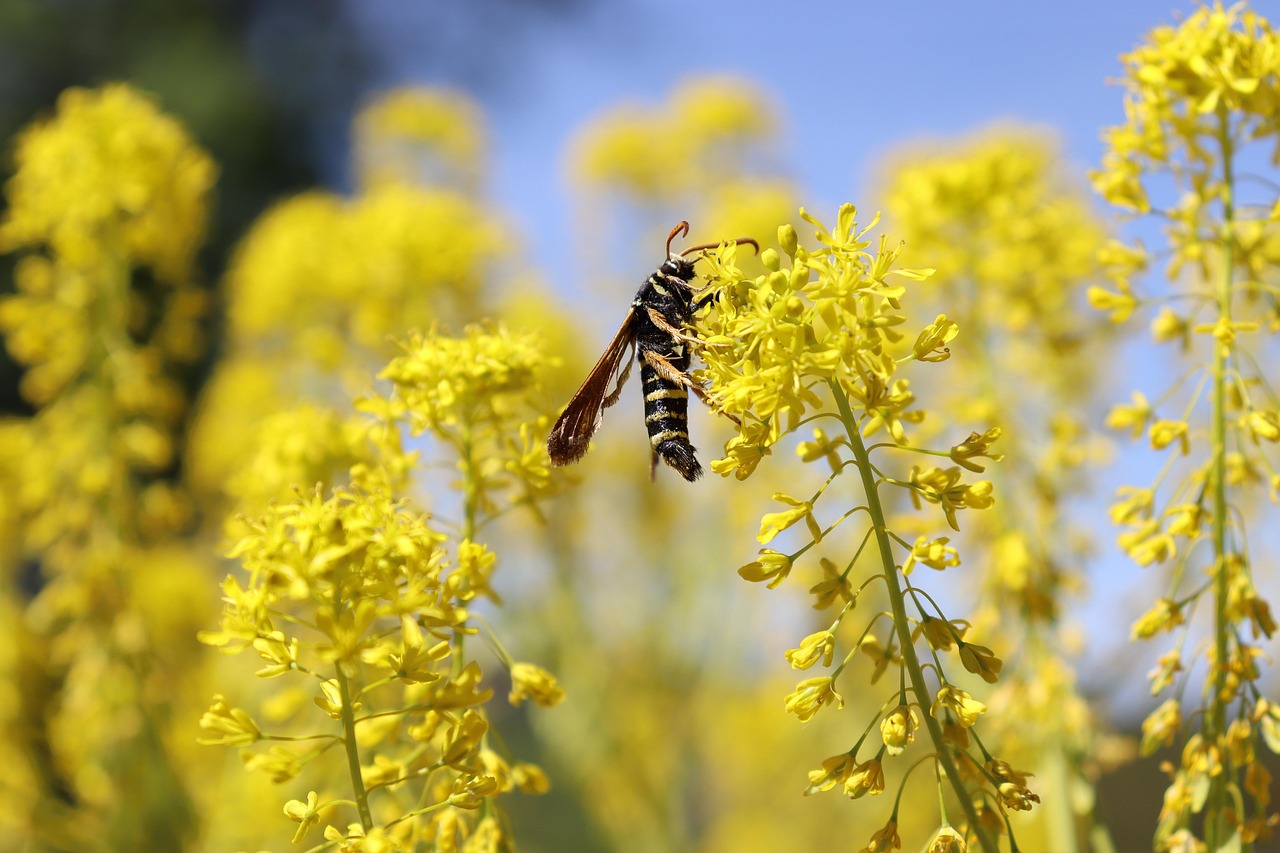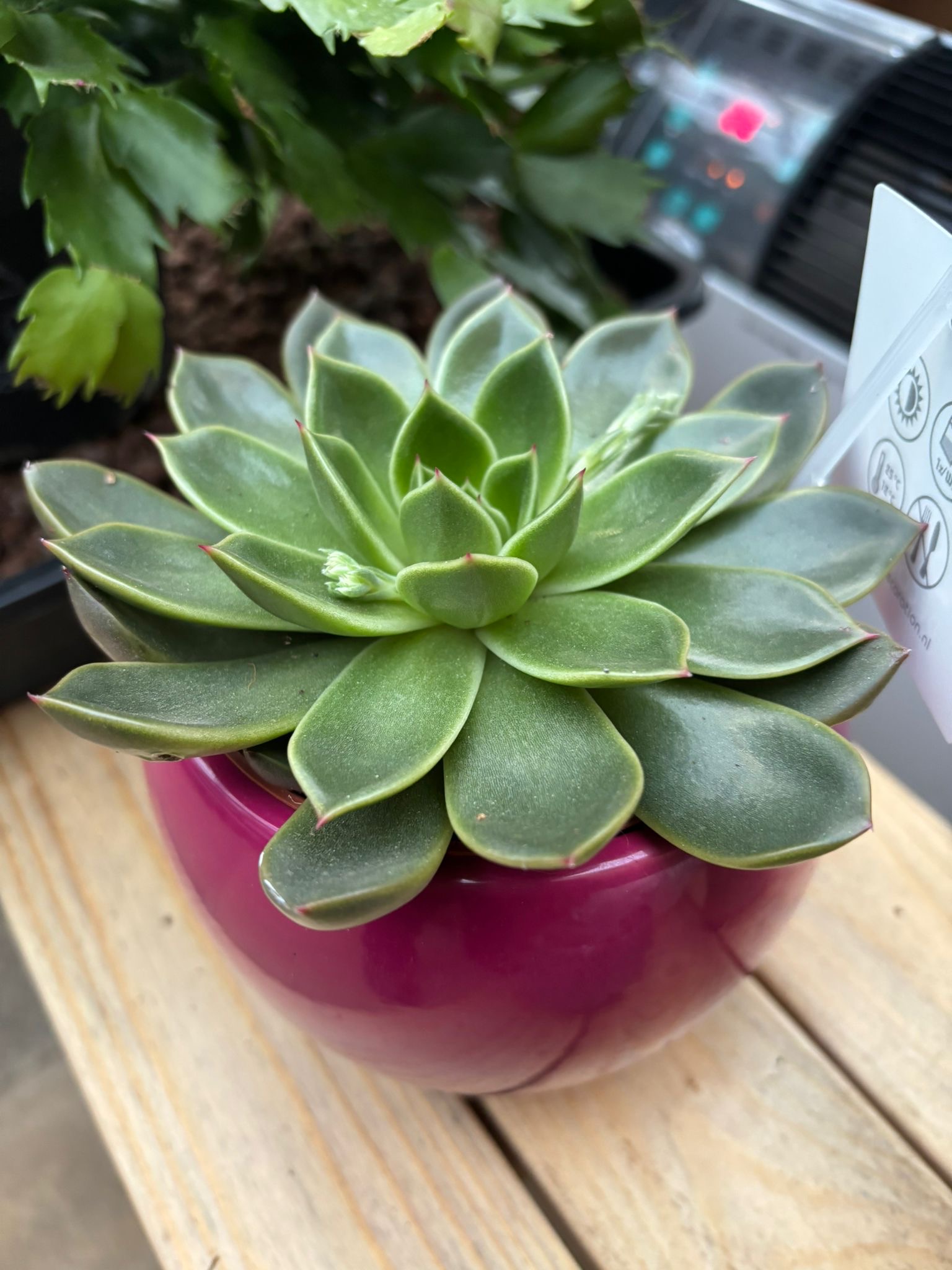
Herb heaven
The smell of fresh herbs is something you just can’t beat. And it’s even better when you’re growing them yourself.
The best part of growing herbs is that you don’t need a dedicated herb border, you can pop them in any sunny border, and they’ll be happy.
Did you know – the use of herbs date back to Saxon times when they were used in the kitchen as well as for medicinal purposes. So, as well as adding flavour to our food, they are viewed as helping to ease aches and pains.
But which herbs should you grow and where? Here are our top tips;
Sun-loving herbs
- Basil – Basil will grow best in rich, moist soil in the sun. you can sow the seed (under cover) in Spring. Make sure to pick the tips of the shoots to keep it looking bushy.
- Rosemary – this gloriously scented herb will thrive in well drained soil in full sun. In those conditions it will live for years. Take cuttings in summertime.
- Thyme – unlike rosemary, thyme is happy in poor soil but does love the sun. Pop into pots in a free-draining compost mix.
Shady herbs
- Chives – The purple flowers of these herbs make them an attractive addition to any garden. You can sow the seeds in spring or divide them in autumn. When picking, pick the leaves and shoots at the base.
- Mint – The aroma of the mint is just wonderful. This herb does like to spread out though, so you need to keep it in check! You can take cuttings from spring to autumn.
- Parsley – This versatile herb is brilliant in salads or as part of a butter over new potatoes. When picking, make sure you pick the mature leaves individually.








